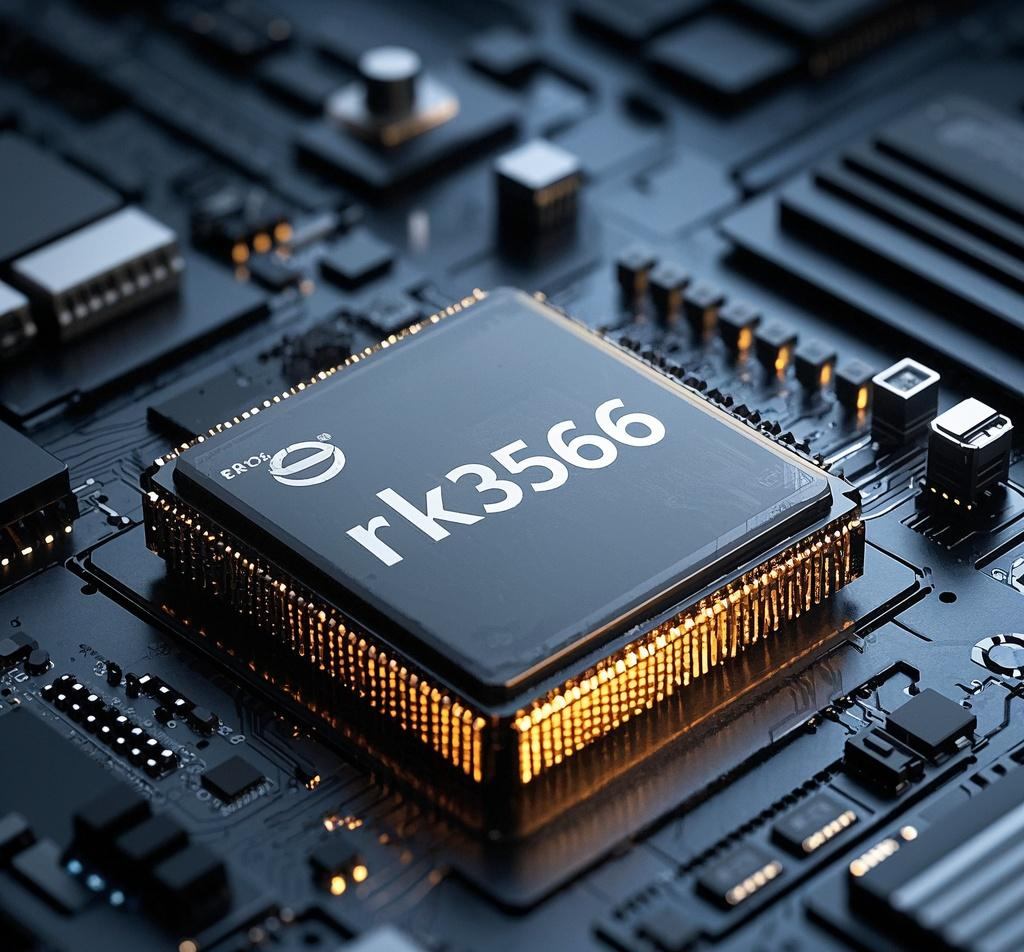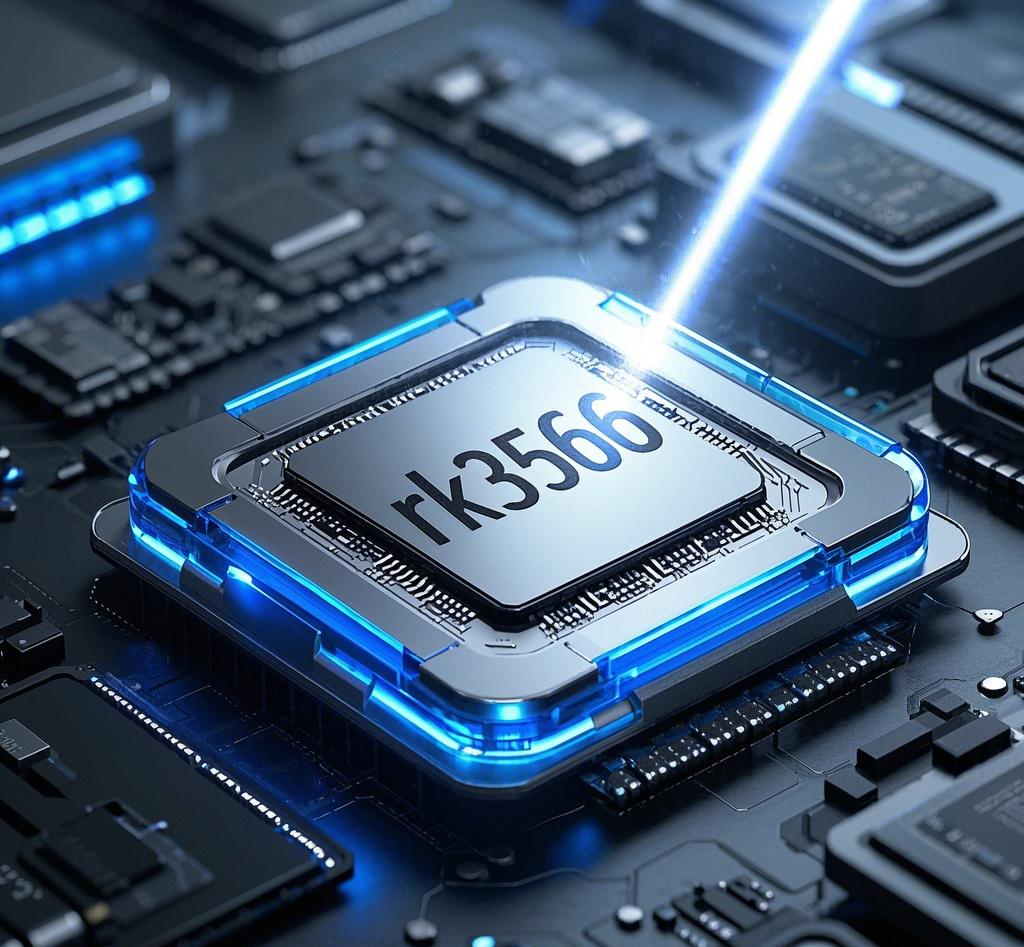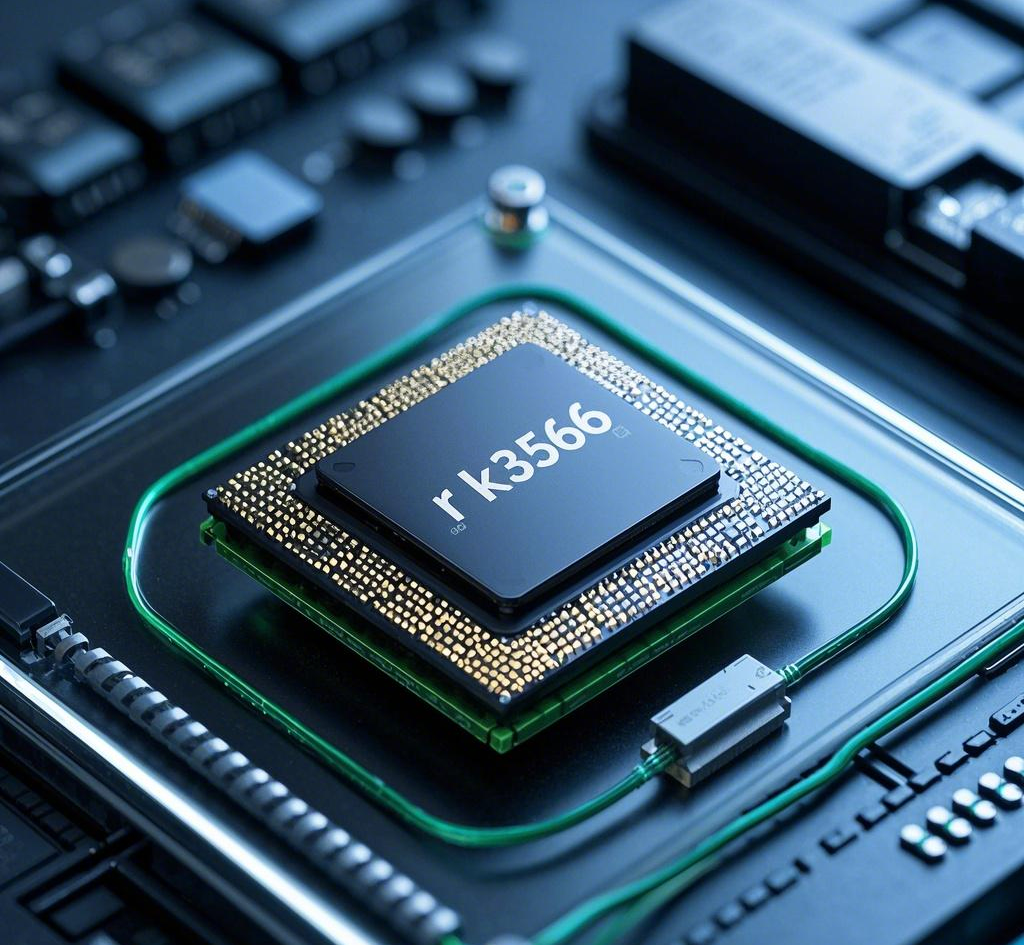
RK3566 A Comprehensive Guide to Its Features Applications and Performance
The RK3566 is a versatile and powerful System-on-Chip (SoC) designed by Rockchip, widely used in applications ranging from single-board computers (SBCs) to IoT devices, tablets, and multimedia systems. Its quad-core Cortex-A55 architecture, Mali-G52 GPU, and support for various interfaces like HDMI, USB, and PCIe make it a favorite among developers. However, working with the RK3566 can be fraught with challenges if you’re unprepared.
Understanding the RK3566 Landscape
The RK3566 chip, with its balance of performance and efficiency, is ideal for embedded systems and DIY projects. Its capabilities include support for 4K video decoding, multiple display outputs, and a Neural Processing Unit (NPU) for AI tasks. But to harness its full potential, you need to navigate its complexities. Missteps in hardware integration, software configuration, or power management can derail your project. Let’s break down the key areas where developers often stumble and how to sidestep those issues.
Pitfall 1: Inadequate Power Supply Planning
One of the most frequent issues with RK3566-based projects is underestimating power requirements. The chip’s quad-core CPU and GPU can draw significant current, especially under load. A weak or unstable power supply can lead to system crashes, unexpected reboots, or even hardware damage.
How to Avoid It
- Choose the Right Power Source: Ensure your power supply delivers at least 5V at 3A. For projects with peripherals (e.g., SSDs or displays), consider a 5V 4A supply.
- Use Quality Cables: Low-quality USB-C cables can cause voltage drops. Opt for cables rated for high current.
- Monitor Voltage: Use a multimeter to verify that the voltage at the board’s input remains stable under load.
Here’s a quick reference table for power supply considerations:
| Component | Typical Current Draw | Recommended Supply |
|---|---|---|
| RK3566 SoC (Idle) | ~500mA | 5V 2A |
| RK3566 SoC (Load) | ~1.5A | 5V 3A |
| With Peripherals | ~2.5A | 5V 4A |


Pitfall 2: Misconfiguring the Bootloader and Firmware
The RK3566 uses U-Boot as its bootloader, and misconfiguring it can lead to boot failures or bricked devices. Developers often overlook the importance of aligning firmware with the specific board layout or fail to account for the chip’s memory constraints.
How to Avoid It
- Understand Your Board: Different RK3566 boards (e.g., Quartz64, Pine64) have unique memory maps and GPIO configurations. Always refer to the board’s schematic and documentation.
- Backup Before Flashing: Before updating U-Boot or the firmware, back up the existing image using tools like dd on Linux.
- Use Official Tools: Rockchip provides tools like RKDevTool for flashing firmware. Stick to these unless you’re an expert in custom solutions.
- Test in Stages: After each change, test the boot process to isolate issues early.
For example, when setting up U-Boot, ensure the environment variables match your storage medium (e.g., eMMC vs. SD card). A mismatch can cause the RK3566 to fail to locate the kernel.
Pitfall 3: Overheating Under Heavy Workloads
The RK3566, while efficient, can overheat if pushed hard—think 4K video encoding or sustained GPU workloads. Without proper thermal management, performance throttling or system instability becomes inevitable.
How to Avoid It
- Install a Heatsink: A passive heatsink is often sufficient for moderate workloads. For intensive tasks, consider an active cooling solution like a small fan.
- Monitor Temperatures: Use tools like lm-sensors or Rockchip’s thermal monitoring utilities to keep tabs on the RK3566’s temperature.
- Optimize Software: Reduce unnecessary background processes and optimize your code to lower CPU/GPU usage.
Here’s a table summarizing thermal thresholds and solutions:
| Workload | Typical Temp (°C) | Recommended Cooling |
|---|---|---|
| Light (Idle) | 40–50 | None |
| Medium (Browsing) | 50–65 | Passive Heatsink |
| Heavy (4K Video) | 65–80 | Heatsink + Fan |


Pitfall 4: Ignoring Software Ecosystem Compatibility
The RK3566 supports various operating systems—Linux distributions like Debian and Ubuntu, as well as Android. However, not all software is optimized for the chip’s architecture (ARM64 with Mali-G52 GPU). Developers often assume compatibility without testing, leading to performance issues or crashes.
How to Avoid It
- Choose the Right OS: For general-purpose computing, Ubuntu or Debian with a recent kernel (5.10 or later) works well. For multimedia, Android 11 tailored for RK3566 boards is a safer bet.
- Verify GPU Support: Ensure your OS includes Mali-G52 drivers. For Linux, check for Panfrost driver support.
- Test Peripherals Early: If your project relies on USB, PCIe, or HDMI, test these interfaces with your chosen OS immediately.
- Leverage Community Resources: The RK3566 has an active community (e.g., Pine64 forums). Search for known issues and solutions before starting.
Pitfall 5: Poor Memory Management
The RK3566 typically comes with 2GB to 8GB of LPDDR4 RAM, which is sufficient for most tasks but can become a bottleneck if mismanaged. Developers often overload the system with inefficient code or fail to optimize memory usage.
How to Avoid It
- Profile Your Applications: Use tools like htop or valgrind to monitor memory usage.
- Enable Swap if Needed: For memory-intensive tasks, configure a swap file on your storage medium (e.g., SD card or eMMC). Be cautious, as excessive swapping can degrade performance.
- Optimize Code: Avoid memory leaks and use lightweight libraries where possible.
Pitfall 6: Overlooking Documentation and Resources
Rockchip’s documentation for the RK3566 can be sparse or hard to navigate, especially for beginners. Developers often dive in without a solid understanding of the chip’s quirks, leading to wasted time and frustration.
How to Avoid It
- Start with the TRM: The RK3566 Technical Reference Manual (TRM), available from Rockchip, details the chip’s registers, memory layout, and peripherals. Study it thoroughly.
- Join Forums: Communities like Pine64, Armbian, and Rockchip’s own forums offer invaluable insights and troubleshooting tips.
- Use Open-Source Repositories: GitHub hosts numerous RK3566 projects—search for kernel patches, driver fixes, or sample code.

Pitfall 7: Underestimating Debugging Complexity
Debugging on the RK3566 can be daunting due to its embedded nature. Without proper tools and strategies, you might spend hours chasing a single bug.
How to Avoid It
- Set Up Serial Console Access: Most RK3566 boards have UART pins for serial debugging. Connect a USB-to-TTL adapter to access low-level logs.
- Use SSH for Remote Debugging: Once your board is networked, SSH into it for easier access to logs and tools.
- Enable Detailed Logging: Configure your kernel and applications to output verbose logs (e.g., via dmesg or journalctl).
Wrapping Up: Building Smarter with the RK3566
The RK3566 is a fantastic chip for hobbyists and professionals alike, but it demands careful planning and execution. By addressing power, thermal, software, and debugging challenges head-on, you can unlock its full potential without the usual headaches. Whether you’re building a media center, an IoT gateway, or a custom SBC, these tips will keep your project on track.
The key is to approach development systematically: test incrementally, document rigorously, and leverage the RK3566’s strengths while mitigating its limitations. With the right mindset and tools, your project can not only succeed but shine.





3 Comments
Your comment is awaiting moderation.
ix9ksu
The Rockchip RK3566, a quad-core Cortex-A55 processor, is widely recognized for its role in mid-range single-board computers and AIoT devices. While its primary focus is on delivering efficient performance with a Mali-G52 GPU and 1 TOPS NPU, an intriguing side topic is its impact on the e-ink tablet market. Devices like the Lenovo Smart Paper leverage the RK3566 for smooth note-taking and document reading, capitalizing on its low power consumption and 22nm process. This application highlights a niche but growing trend: using SoCs traditionally aimed at multimedia or IoT for specialized, energy-efficient displays. The RK3566’s lack of HDR and AV1 codec support might limit its multimedia prowess, but its versatility in e-ink technology showcases an unexpected adaptability, sparking curiosity about how other mid-tier processors could redefine unconventional hardware applications in the future.
The RK3566, a Rockchip SoC, powers edge computing devices with its quad-core Cortex-A55 and NPU. Beyond typical applications like smart displays, its potential in niche areas—such as real-time wildlife monitoring or low-power IoT security systems—sparks debate on scalability versus cost in unconventional tech frontiers.
In 2021, the RK3566 began appearing in development boards and TV boxes, such as Firefly’s ROC-RK3566-PC and Station M2, as well as Firefly’s new RK3566 products.
In 2023, the RK3566 was used in Anbernic’s RG353 series handheld gaming consoles, gaining popularity among retro gaming enthusiasts. It was recognized as one of the Best RK3566 Handhelds of 2023.
In 2024, ASUS IoT introduced the RK3566-based Tinker Board 3, designed for industrial and IoT applications, under the title “ASUS IoT Introduces Arm-based Tinker Board 3”.